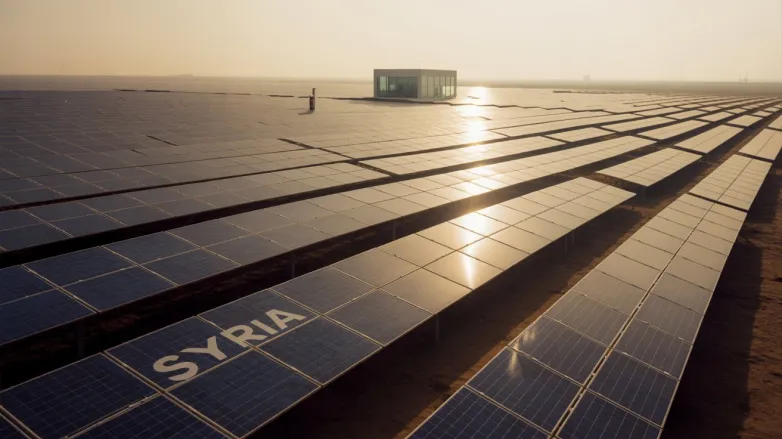Syria Fast-Tracks Small Renewables, Greenlights Two New 100-MW Solar Projects
- Damascus launches a fixed-tariff scheme for 2–10 MW green power and signs a deal with 20Solar Energy to build twin 100-MW solar plants, one with battery storage.

Syria has taken its most decisive step yet toward rebuilding its war-battered power system with clean energy. On 3 July 2025 the Ministry of Energy’s General Directorate of Electricity issued Decision No. 154, a long-awaited rulebook that opens the grid to privately financed projects between 2 MW and 10 MW for twenty-year, renewable licences.
At the heart of the regulation are fixed feed-in tariffs designed to de-risk investment: USD 0.04/kWh for stand-alone solar arrays, USD 0.06/kWh for solar paired with four-hour batteries, USD 0.08/kWh for biomass and USD 0.057/kWh for landfill-gas schemes. Payments will be made in Syrian pounds using the official central-bank rate on each monthly due date, insulating developers from forex swings while giving the state clarity on long-term costs. Even within hybrid plants, each technology’s output will be metered and billed separately, preserving the economics of storage and firm-power options.
Almost simultaneously, the ministry signed a memorandum of understanding with U.S. developer 20Solar Energy to build two utility-scale plants of 100 MW each. One will export power directly to the grid; the second will incorporate battery storage, providing critical flexibility for early-evening peaks and smoothing daytime solar ramps. Site selection will be finalised with the Public Establishment for Transmission and Distribution of Electricity (PETDE) in the coming months, but officials say the central corridor between Homs and Hama is a frontrunner thanks to existing substations and high solar irradiation.
The twin projects follow last year’s USD 7-billion accord with a Qatar-led consortium headed by UCC Holding to deliver a 1-GW solar plant in southern Syria. Together, the initiatives point to a deliberate strategy: pair huge flagship installations that anchor new transmission corridors with a swarm of smaller, fast-tracked projects that can be financed by local industry, diaspora capital and multilateral lenders.
Energy-ministry sources estimate that if the 2–10 MW pipeline fills as expected, small-scale renewables could add 300 MW to the grid by 2028, displacing diesel generation and easing the chronic blackouts that still plague Syrian cities. For 20Solar Energy, meanwhile, the deal offers a first-mover advantage in a market likely to prioritise battery-backed solar as it rebuilds a more resilient, low-carbon power sector.
Also read


